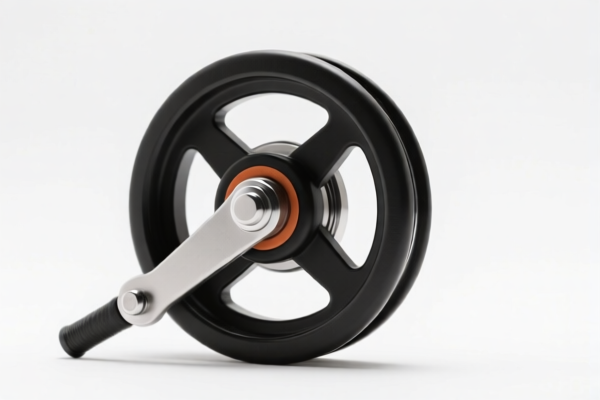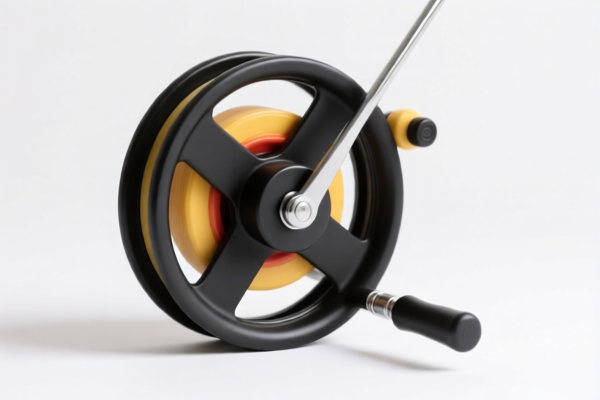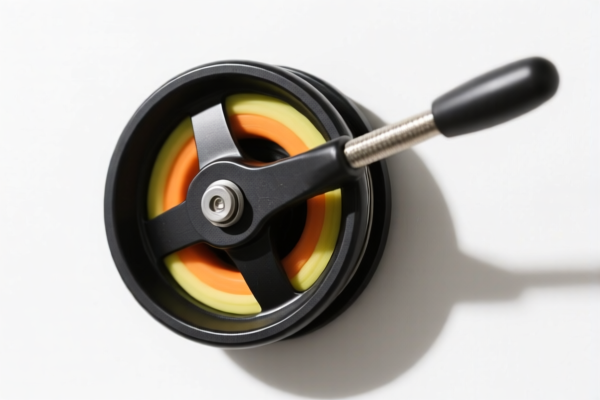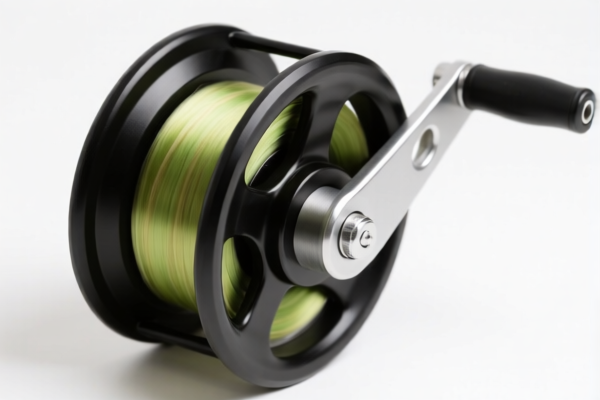| HS Code | Official Doc | Tariff Rate | Origin | Destination | Effective Date |
|---|---|---|---|---|---|
| 8483506000 | Doc | 57.8% | CN | US | 2025-05-12 |
| 8483504000 | Doc | 60.7% | CN | US | 2025-05-12 |
| 8207904500 | Doc | 34.8% | CN | US | 2025-05-12 |
| 8207907585 | Doc | 33.7% | CN | US | 2025-05-12 |
| 8205598000 | Doc | 58.7% | CN | US | 2025-05-12 |
| 7326110000 | Doc | 80.0% | CN | US | 2025-05-12 |
| 7326908688 | Doc | 82.9% | CN | US | 2025-05-12 |




Tension Wheel
A tension wheel, also known as a tension pulley or idler pulley, is a mechanical component used to guide and maintain tension in a belt, chain, or cable system. It does not transmit power itself, but plays a critical role in the efficient operation and longevity of the system.
Material
Tension wheels are commonly manufactured from the following materials:
- Steel: Offers high strength and durability, suitable for heavy-duty applications and high tension systems. Often used with bearings for smooth rotation.
- Aluminum: Lighter than steel, reducing overall system weight. Appropriate for moderate tension applications where corrosion resistance is important.
- Plastic (e.g., Nylon, Polyurethane): Cost-effective and quiet operation. Ideal for low-load applications and environments where noise reduction is a priority.
- Cast Iron: Used in older or specialized applications, offering good wear resistance.
Purpose
The primary purposes of a tension wheel are:
- Maintaining Tension: Compensates for belt stretch, wear, or changes in load, ensuring consistent power transmission and preventing slippage.
- Guiding the Belt/Chain/Cable: Directs the path of the belt, chain, or cable around other components.
- Reducing Stress: Distributes the load and reduces stress on the drive components, extending their lifespan.
- Improving Efficiency: Minimizes friction and ensures optimal contact between the driving and driven components.
Function
A tension wheel functions by:
- Applying Force: A spring mechanism or adjustable mounting allows the wheel to apply force against the belt/chain/cable, maintaining the desired tension.
- Rotating Freely: The wheel rotates freely, allowing the belt/chain/cable to move smoothly without significant resistance.
- Adapting to Changes: The wheel automatically adjusts to changes in belt length or load, maintaining consistent tension.
Usage Scenarios
Tension wheels are widely used in a variety of applications, including:
- Automotive Engines: Maintaining tension in the timing belt or serpentine belt.
- Conveyor Systems: Guiding and tensioning conveyor belts.
- Industrial Machinery: Used in various power transmission systems.
- Printing Presses: Maintaining tension in paper feed and transport belts.
- Exercise Equipment: Found in treadmills, ellipticals, and other machines.
- HVAC Systems: Tensioning belts in blowers and fans.
Common Types
- Fixed Tension Wheels: Have a static position and are used in applications where tension requirements are relatively constant.
- Spring-Loaded Tension Wheels: Utilize a spring mechanism to automatically adjust tension.
- Adjustable Tension Wheels: Allow manual adjustment of tension using a threaded bolt or other mechanism.
- Automatic Tension Wheels: Incorporate a more sophisticated mechanism for continuous tension adjustment.
- Idler Pulleys: A simple type of tension wheel without a spring or adjustment mechanism, used primarily for guiding the belt/chain/cable.
- Take-Up Pulleys: Similar to idler pulleys but often larger in diameter to provide more significant tension adjustment.
Based on the provided information, the following HS codes may be relevant to “tension wheel”:
-
8483506000: This HS code falls under Chapter 84 (Nuclear reactors, boilers, machinery and mechanical appliances; parts thereof) and specifically covers “Transmission shafts (including camshafts and crankshafts) and cranks; bearing housings, housed bearings and plain shaft bearings; gears and gearing; ball or roller screws; gear boxes and other speed changers, including torque converters; flywheels and pulleys, including pulley blocks; clutches and shaft couplings (including universal joints); parts thereof: Flywheels and pulleys, including pulley blocks: Other: Flywheels”. A tension wheel could be classified as a type of flywheel. The applicable tax rate is a base tariff of 2.8%, a surcharge of 25.0%, and a surcharge of 30.0% after April 2, 2025, resulting in a total tariff of 57.8%.
-
8483504000: This HS code also falls under Chapter 84 and covers “Transmission shafts (including camshafts and crankshafts) and cranks; bearing housings, housed bearings and plain shaft bearings; gears and gearing; ball or roller screws; gear boxes and other speed changers, including torque converters; flywheels and pulleys, including pulley blocks; clutches and shaft couplings (including universal joints); parts thereof: Flywheels and pulleys, including pulley blocks: Gray-iron awning or tackle pulleys, not over 6.4 cm in wheel diameter”. If the tension wheel is a gray-iron awning or tackle pulley with a wheel diameter not exceeding 6.4 cm, this code applies. The applicable tax rate is a base tariff of 5.7%, a surcharge of 25.0%, and a surcharge of 30.0% after April 2, 2025, resulting in a total tariff of 60.7%.
-
7326110000: This HS code falls under Chapter 73 (Iron or steel articles). It specifically covers “Other articles of iron or steel: Forged or stamped, but not further worked: Grinding balls and similar articles for mills”. If the tension wheel is made of iron or steel and is a grinding ball or similar article for mills, this code may be applicable. The applicable tax rate is a base tariff of 0.0%, a surcharge of 25.0%, and a surcharge of 30.0% after April 2, 2025, resulting in a total tariff of 80.0%.
-
7326908688: This HS code falls under Chapter 73 and covers “Other articles of iron or steel: Other: Other: Other: Other Other”. If the tension wheel is made of iron or steel and does not fall into more specific categories, this code may be applicable. The applicable tax rate is a base tariff of 2.9%, a surcharge of 25.0%, and a surcharge of 30.0% after April 2, 2025, resulting in a total tariff of 82.9%.
Regarding HS codes 7326110000 and 7326908688, please note the surcharge of 25% applies to steel and aluminum products.
Customer Reviews
No reviews yet.